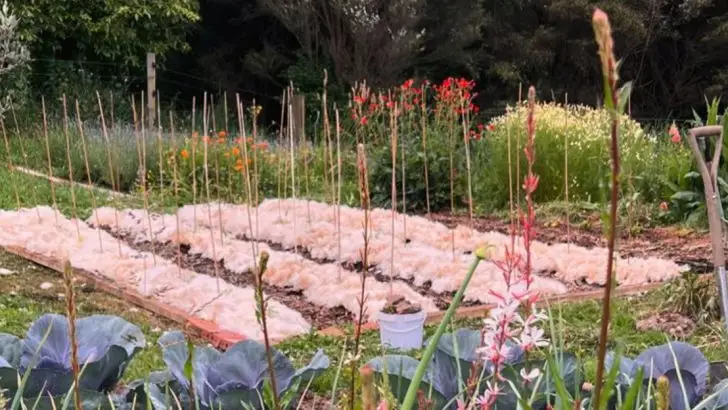You’d think after a few seasons in the garden, hot-weather gardening would be second nature. But even the most seasoned green thumbs slip up when the temperatures soar.
Summer heat brings unique challenges that can quietly sabotage your hard work—drooping plants, sudden pest invasions, soil that dries out in hours, or blooms that vanish overnight. And many of these problems come not from neglect, but from well-meaning habits that backfire when the sun is blazing.
Are you watering too often—or not enough? Is that mulch helping or hurting? Should you really be pruning now, or are you accidentally stressing your plants even more?
Whether you’re a confident gardener or still learning the ropes, this list will help you avoid the most common (and often surprising) hot-weather mistakes—so your garden thrives all summer, instead of just surviving.
Here are 20 heat-specific missteps even experienced gardeners make, and exactly how to fix them before they cost you your plants.
Overwatering Plants
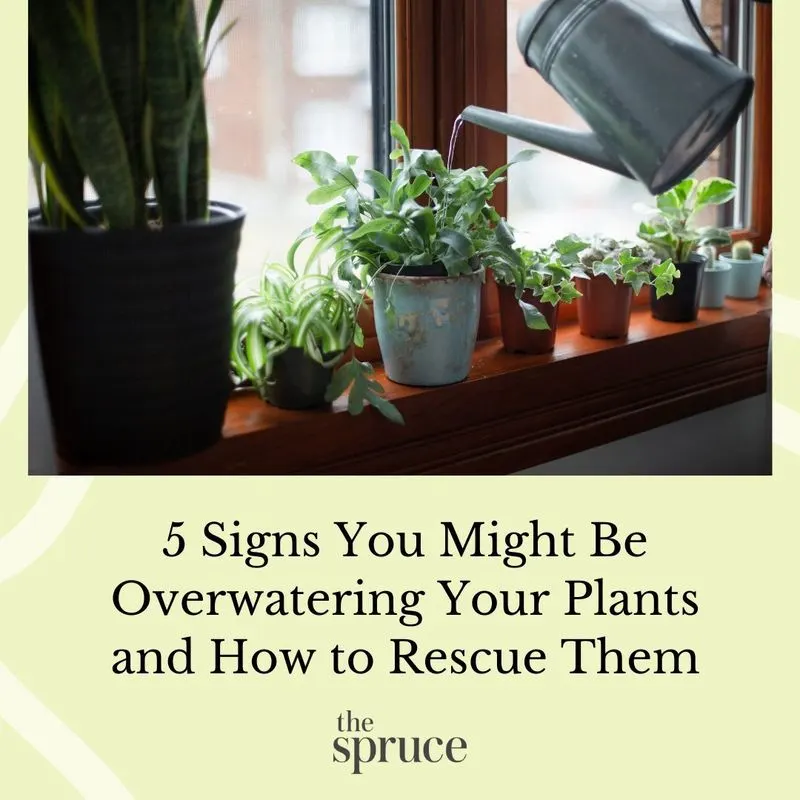
Too much water can be just as harmful as too little. When temperatures soar, many gardeners mistakenly believe that more watering is better. Unfortunately, overwatering can lead to root rot, especially in containers where drainage is limited.
Plants need oxygen to thrive, and drowning them deprives their roots of this essential element. Instead of daily drenching, monitor the soil’s moisture level and water deeply but less frequently. Use mulch to retain moisture and reduce evaporation.
Understanding how different plants respond to heat helps tailor watering schedules, ensuring they stay hydrated but not waterlogged.
Ignoring Soil Quality
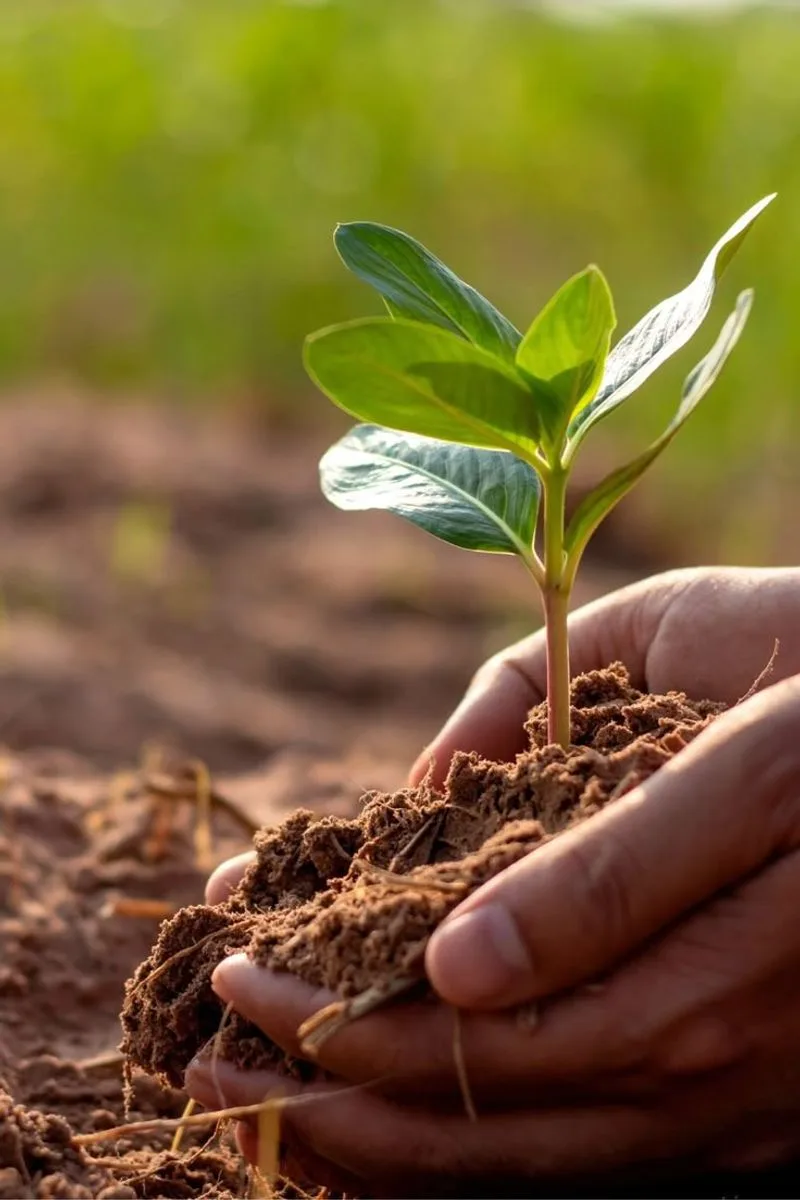
Neglecting the soil’s health during hot weather is a blunder, even for experienced gardeners. The intense heat can rapidly deplete nutrients, leaving plants starved. Healthy soil is the backbone of a thriving garden.
Enhancing soil with organic matter such as compost or well-rotted manure ensures it retains moisture and nutrients. Regularly testing soil quality helps in making informed decisions about amendments.
Ignoring soil can lead to weak plants, unable to cope with the stress of high temperatures. A proactive approach in maintaining soil health sets the foundation for flourishing plants.
Planting at the Wrong Time
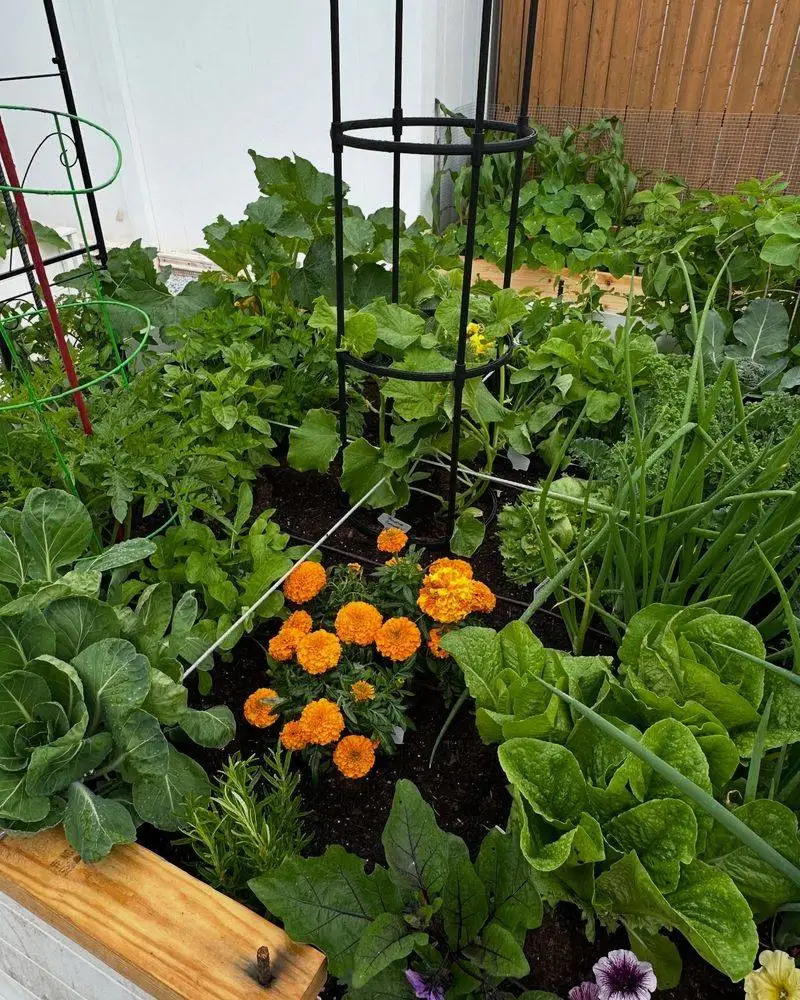
Timing is crucial when planting in hot weather. Planting during the heat of the day can stress young plants, making it harder for them to establish roots. Early morning or late afternoon provides cooler conditions that are less taxing.
Choosing the right time to plant also involves considering seasonal temperature variations. Knowing the area’s climate patterns aids in planning planting schedules.
Patience pays off; waiting for milder parts of the day helps ensure that plants get the best start. This simple yet often overlooked strategy can prevent unnecessary plant stress.
Neglecting Shade
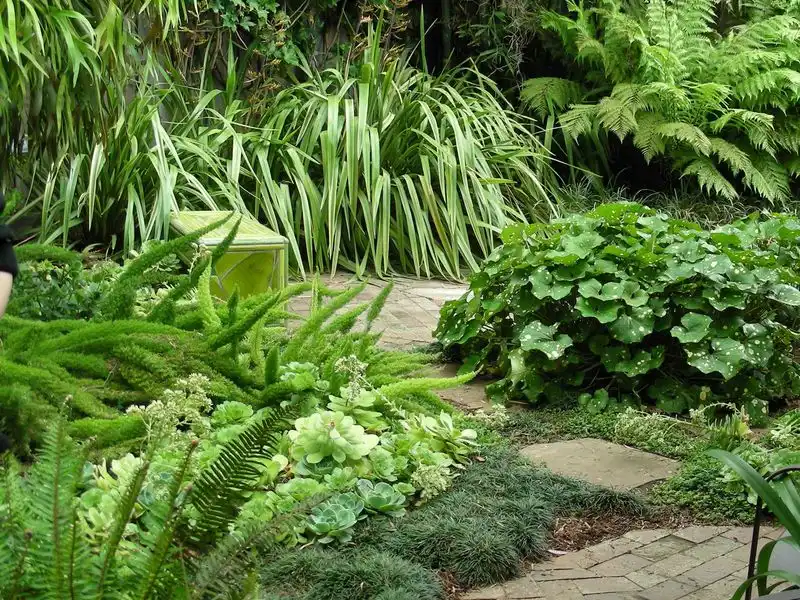
Shade is a gardener’s ally during hot weather, yet it’s often forgotten. Without adequate protection, plants can suffer from sunburn and heat stress, leading to wilting and reduced productivity.
Incorporating shade cloth, taller plants, or temporary structures helps diffuse harsh sunlight. This creates a more hospitable environment for heat-sensitive varieties and prolongs their growing season.
Building awareness of a garden’s sun exposure and adjusting accordingly can dramatically improve plant health during sweltering months. A mindful approach to shade can be a game-changer for garden vitality.
Wrong Plant Choices
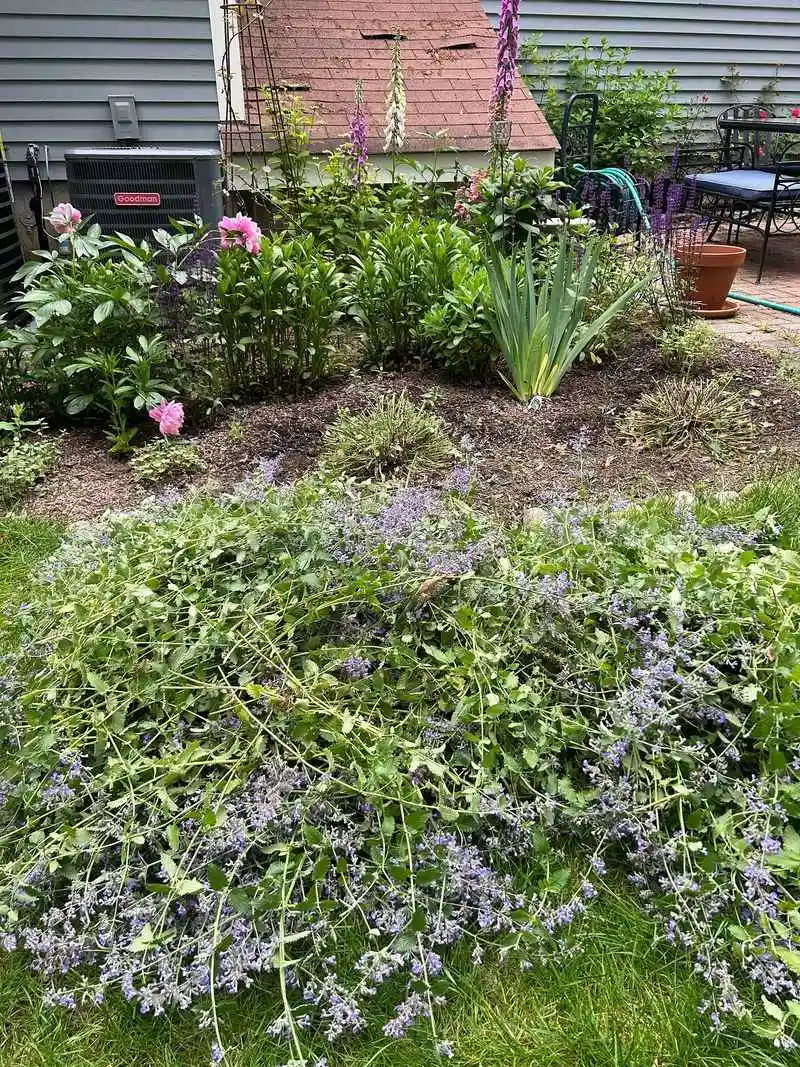
Selecting the wrong plants for hot weather is a common misstep. Not all plants can tolerate extreme heat, and choosing varieties that aren’t suited to the climate can lead to disappointment.
Researching heat-resistant plants ensures that the garden remains vibrant even in peak summer. Native plants often adapt better to local conditions, requiring less intervention.
Mixing perennials with annuals that thrive in heat can create a diverse and resilient garden. Understanding plant needs allows gardeners to make informed choices, preventing the frustration of failed crops and withered blooms.
Overcrowding Plants
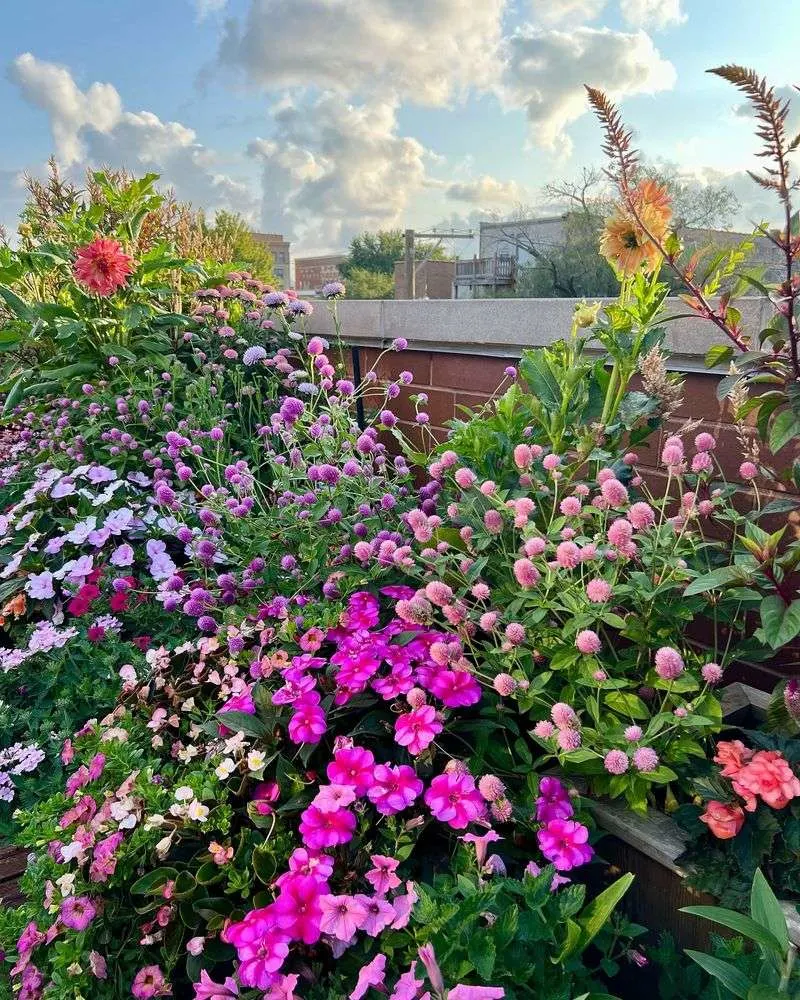
Cramped conditions can stifle a garden’s potential. Overcrowding restricts airflow, leading to increased susceptibility to diseases and pests. Plants need room to grow and spread, especially during hot weather.
Proper spacing ensures that each plant gets ample sunlight, nutrients, and water. It also facilitates easier access for maintenance tasks like pruning and harvesting.
Understanding plant growth patterns and spacing requirements helps in planning a layout that maximizes productivity. Avoiding the temptation to squeeze in more plants leads to healthier, more robust growth.
Skipping Mulch
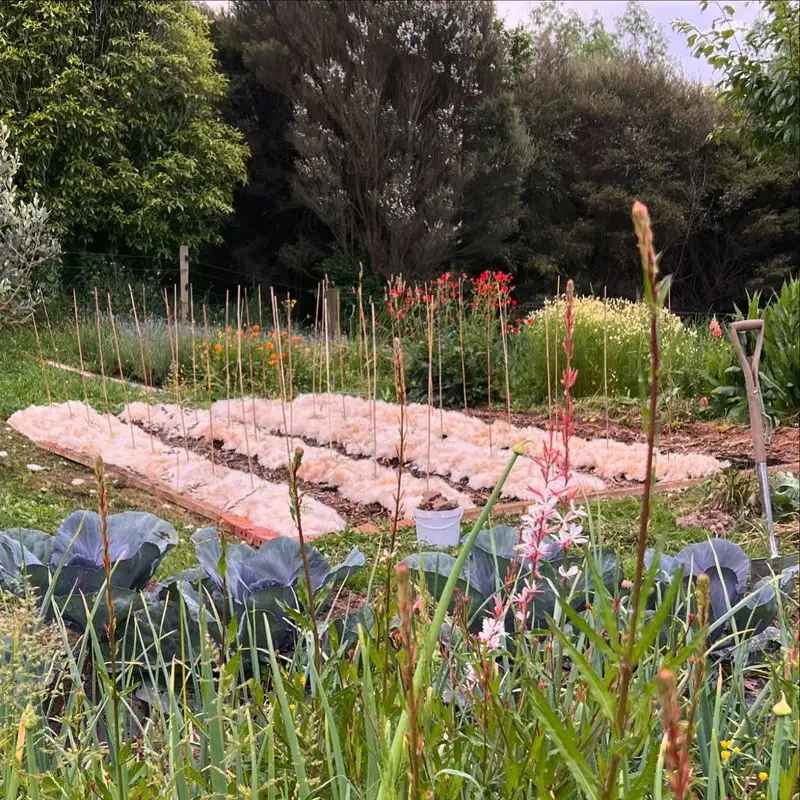
Mulch acts as a protective barrier against extreme heat. By skipping this vital step, gardeners leave soil vulnerable to rapid drying and temperature fluctuations. Mulch conserves moisture, suppresses weeds, and improves soil health.
Organic mulches like straw, wood chips, or leaves enrich the soil as they decompose. Applying a thick layer around plants helps maintain even soil temperatures and reduces water evaporation.
Integrating mulch into gardening practices can significantly enhance resilience against hot weather challenges. It’s a simple yet effective way to bolster a garden’s ability to withstand the summer’s intensity.
Ignoring Pest Control
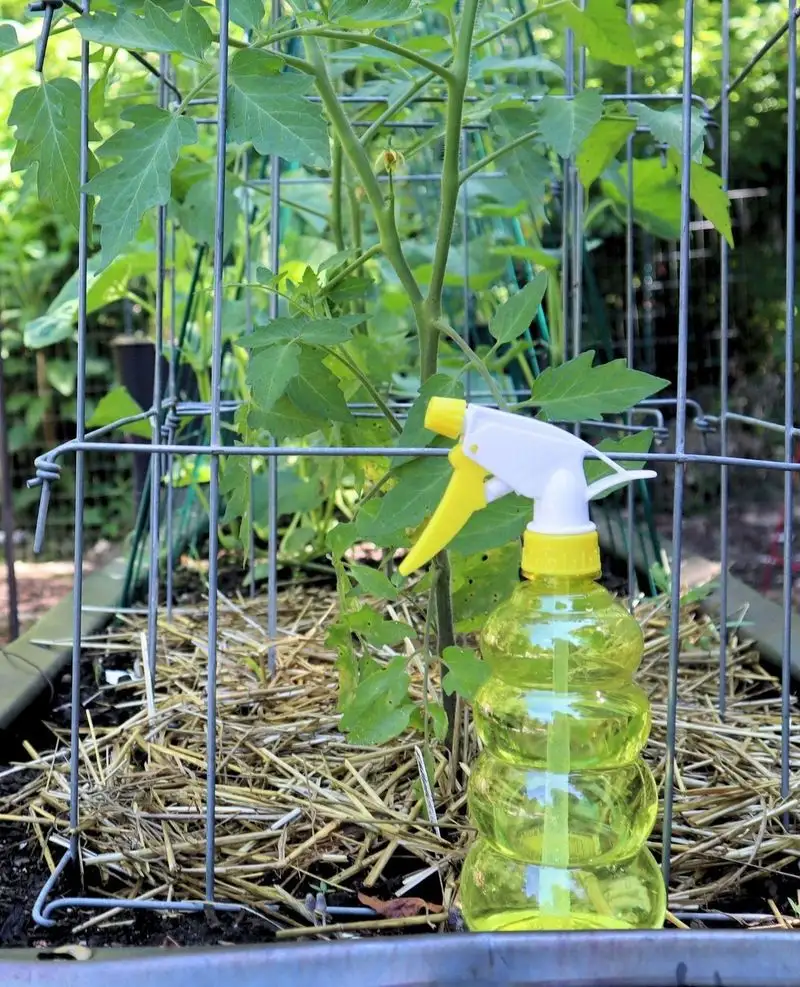
Warm weather can bring an influx of pests, yet gardeners sometimes overlook this threat. Pests thrive in hot conditions, and without vigilant monitoring, they can quickly damage plants.
Implementing integrated pest management strategies keeps populations in check. Regular inspections and the use of natural deterrents like neem oil can mitigate infestations.
A proactive stance on pest control preserves the garden’s health and productivity. By understanding the pests’ lifecycle and behavior, gardeners can stay one step ahead, ensuring that plants remain robust and pest-free.
Inconsistent Watering
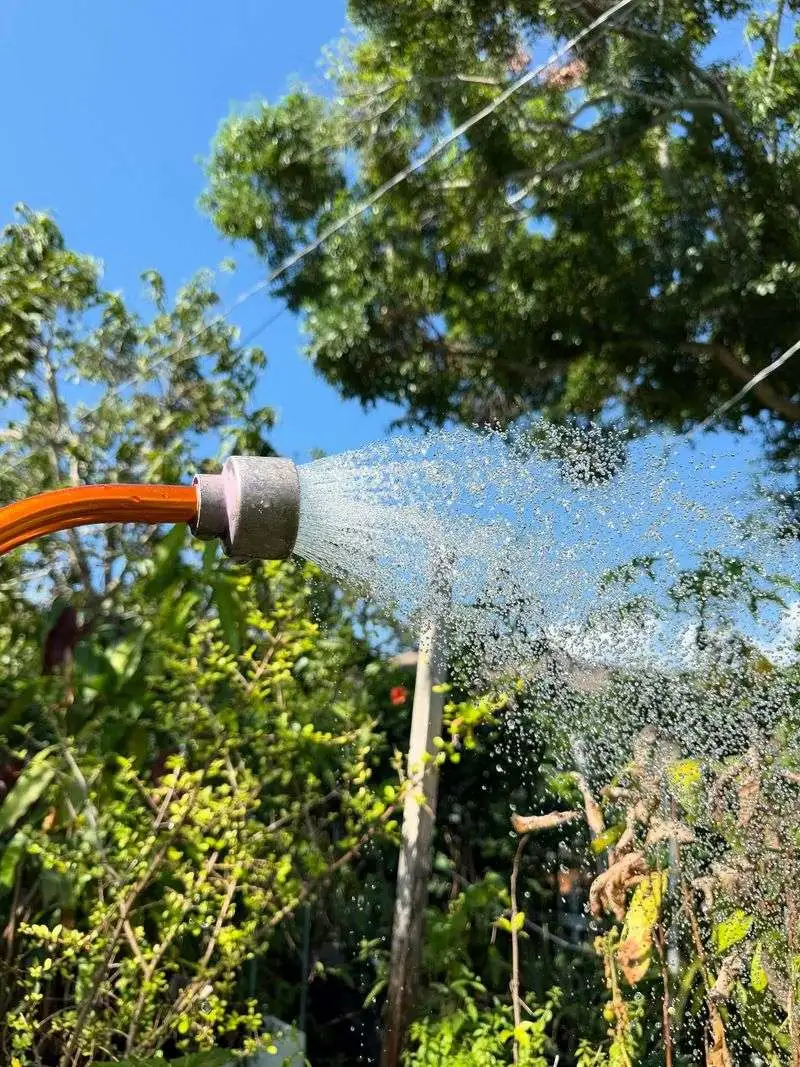
Uneven watering can wreak havoc in hot weather. Inconsistencies lead to stressed plants, either from drought or waterlogging. Plants need a consistent moisture level to thrive, especially under intense sun.
Using soaker hoses or drip irrigation provides even watering. These systems ensure that water reaches the roots directly, minimizing evaporation and waste.
Monitoring plant needs and adjusting watering schedules based on weather conditions leads to a more efficient use of water. Consistency is key, and adopting a mindful approach helps maintain a garden’s vitality and productivity.
Underestimating Heat Stress
Heat stress can take a toll on plants, leading to wilting, discolored leaves, and stunted growth. Many gardeners underestimate the impact of prolonged high temperatures, failing to take necessary precautions.
Providing shade, adequate watering, and choosing heat-tolerant varieties are vital strategies. Recognizing the signs of heat stress early allows for timely interventions.
Understanding how heat affects plant physiology can guide better practices in hot weather gardening. By anticipating challenges and adapting techniques, a garden can remain resilient against the harshest conditions.
Failing to Rotate Crops
Crop rotation is more than tradition; it’s a vital practice to prevent nutrient depletion and disease buildup. Without rotation, soil becomes exhausted, leading to weaker plants.
Rotating crops improves soil health by diversifying nutrient demands and disrupting pest cycles. This practice fosters a balanced ecosystem, reducing the need for chemical interventions.
Planning a rotation schedule that aligns with seasonal changes enhances a garden’s productivity. By understanding the benefits of crop rotation, gardeners can optimize their efforts and maintain a thriving garden.
Overfertilizing
The temptation to overfeed plants with fertilizers can backfire in hot weather. Excess nutrients can cause rapid growth, leading to weak structures that struggle in heat.
Balanced fertilization tailored to specific plant needs supports healthy development without overburdening plants. Using slow-release fertilizers can provide a steady supply of nutrients.
Monitoring soil fertility and adjusting fertilization practices ensures that plants receive just the right amount of nourishment. This careful approach fosters robust growth, enabling plants to withstand the challenges of summer heat.
Ignoring Local Climate
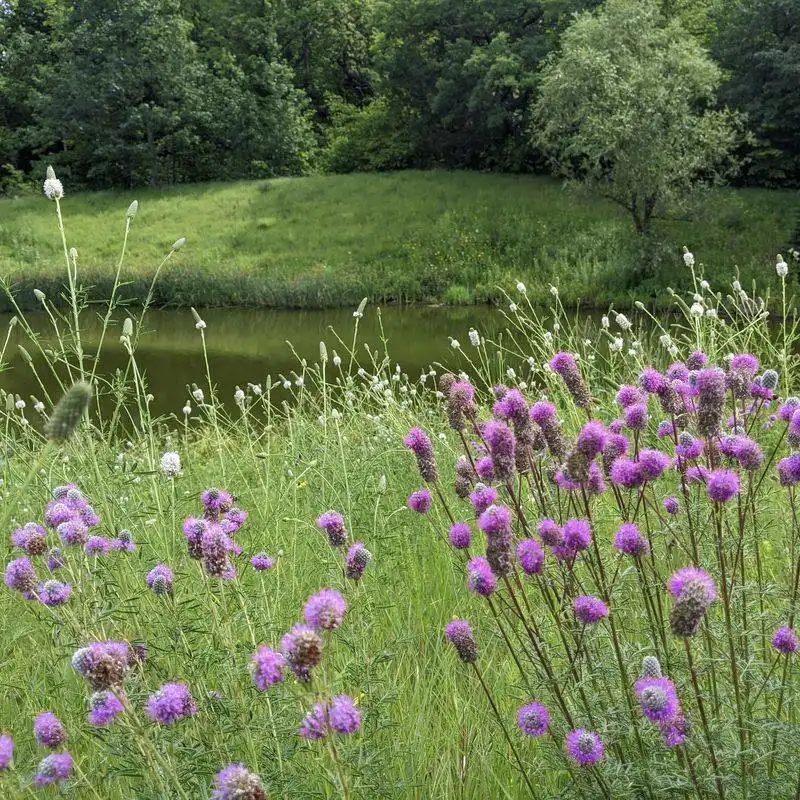
Not considering the local climate can lead to mismatches between plant needs and environmental conditions. Gardens thrive when aligned with their natural surroundings.
Researching climate patterns and choosing plants accordingly ensures better adaptation. Native and region-specific plants often require less maintenance.
By tuning into local weather trends, gardeners can make informed decisions, enhancing their garden’s resilience. This mindfulness of environment fosters a harmonious relationship between plants and the climate they inhabit.
Poor Pruning Practices
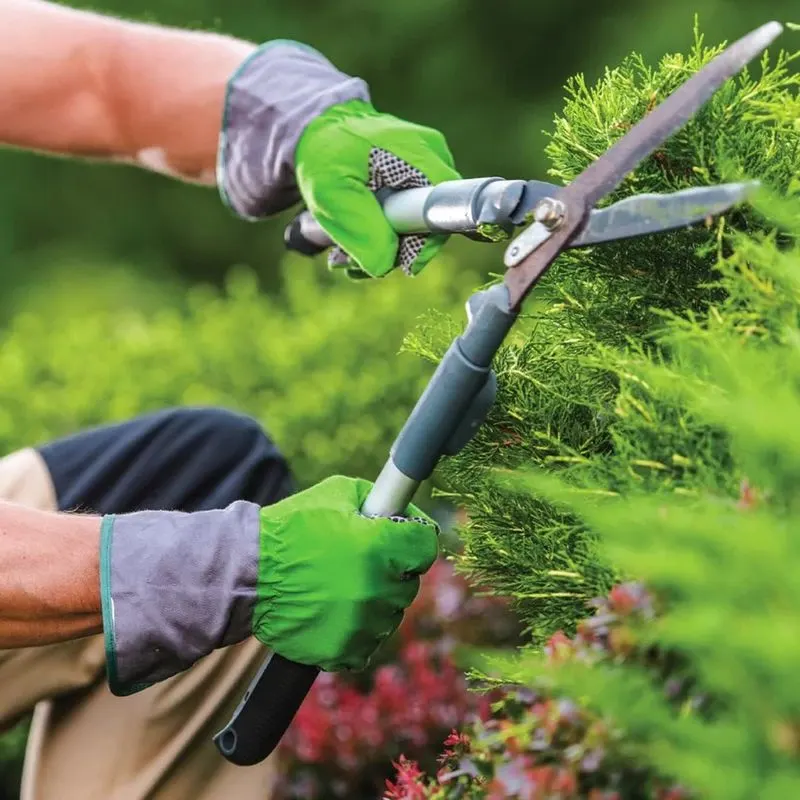
Thoughtless pruning can be detrimental, especially during hot weather. Removing too much foliage exposes plants to sunburn and additional stress. Pruning requires precision and timing.
Knowing the specific needs of different plants guides effective pruning practices. It’s often best to prune during cooler periods to minimize shock.
Regular maintenance promotes healthy growth and encourages flowering or fruiting. By refining pruning techniques, gardeners can enhance plant vitality while reducing vulnerability to extreme heat.
Neglecting Container Plants
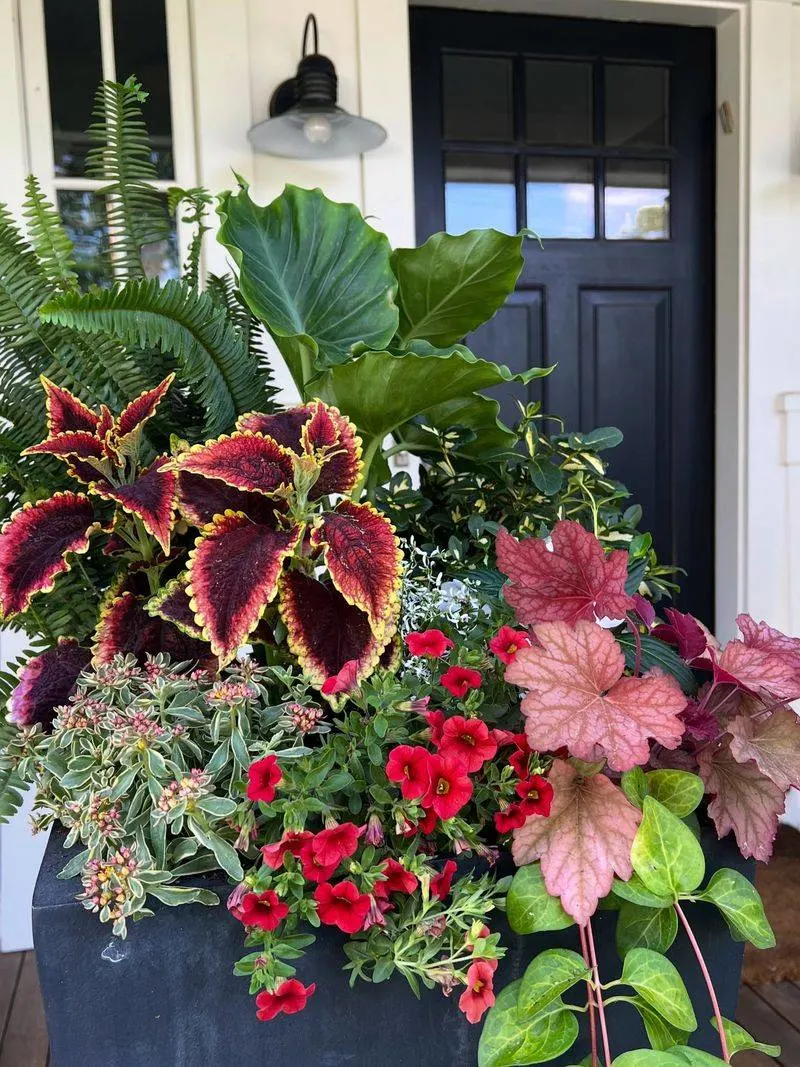
Container plants are particularly vulnerable to heat, yet they are often overlooked. Without the insulating benefits of the ground, they dry out quickly.
Regular monitoring of soil moisture and providing shade during peak sunlight hours keeps container plants healthy. Using larger pots can also help retain moisture.
Understanding the unique needs of container gardening ensures that these plants receive the care they require. This awareness fosters a thriving container garden even during the hottest months.
Overlooking Wind Effects
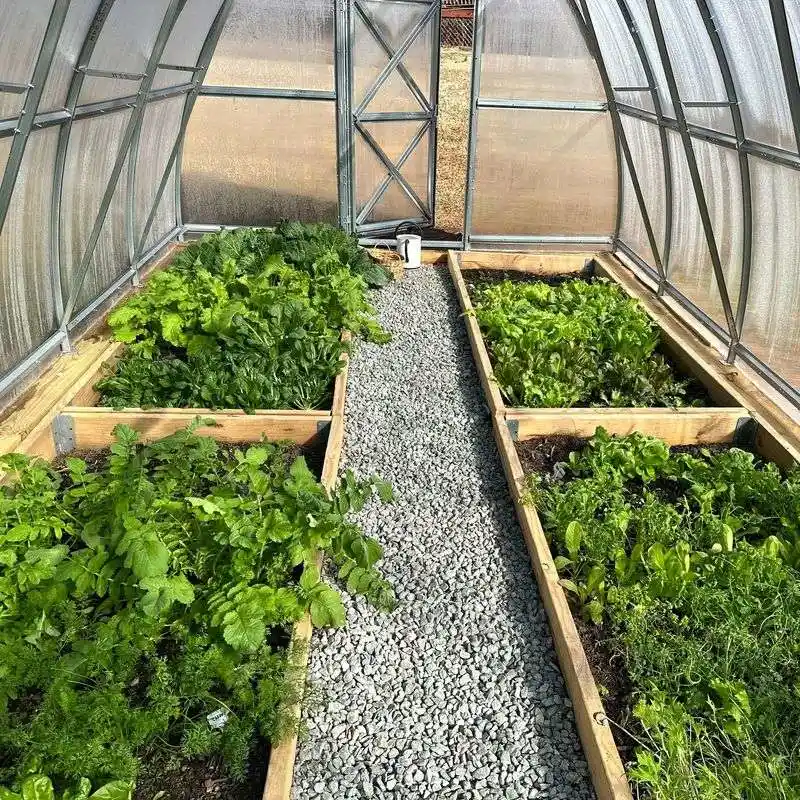
Wind can exacerbate the challenges of hot weather by increasing evaporation and causing physical damage. Ignoring wind exposure can lead to stressed plants.
Creating windbreaks with fencing or hedges protects vulnerable plants. These structures reduce wind speed and create a more stable environment.
Being mindful of wind patterns and adapting garden design accordingly enhances plant resilience. Understanding how wind interacts with heat enables gardeners to take proactive measures, safeguarding their plants against combined stressors.
Disregarding Plant Health Signs
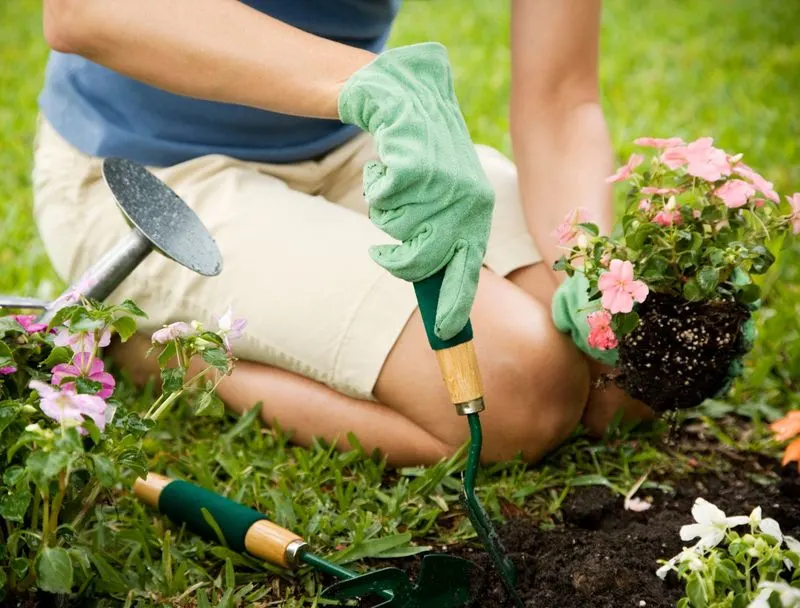
Ignoring early signs of plant distress can lead to bigger problems. Yellowing leaves, stunted growth, or wilting often signal issues that can be addressed proactively.
Regular inspection of plants allows for timely interventions, whether it’s adjusting watering, adding nutrients, or treating pests. Paying attention to these signals helps maintain a vibrant garden.
Recognizing and responding to plant health cues fosters a more responsive gardening approach. This attentiveness ensures that the garden thrives, even when conditions are less than ideal.
Failing to Plan Ahead
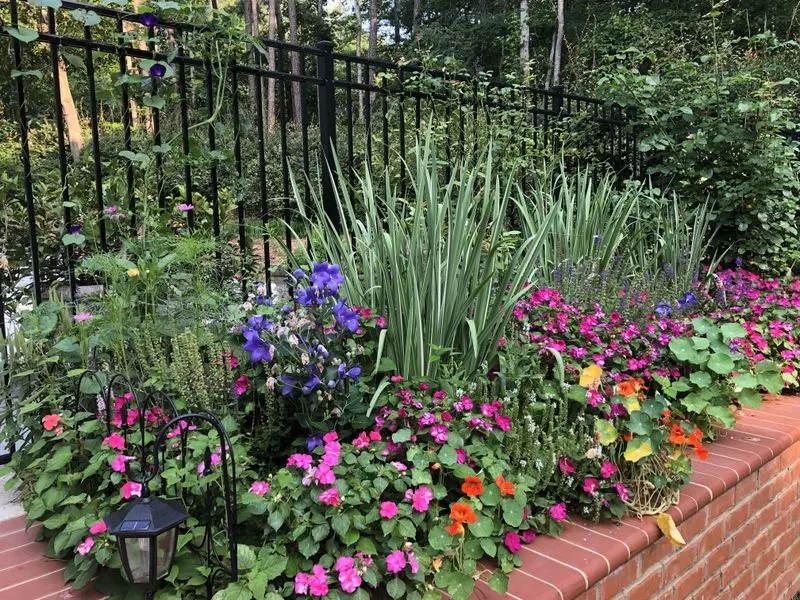
Lack of foresight can leave gardens vulnerable to hot weather challenges. Without a plan, plants may suffer from neglected care routines and unanticipated stress.
Developing a strategy for watering, shading, and pest management prepares a garden for heatwaves. Having contingency plans in place protects plant health.
Proactive planning enhances a garden’s ability to withstand the rigors of hot weather. By anticipating needs and adapting practices, gardeners can cultivate a resilient and thriving space.
Underestimating Watering Needs
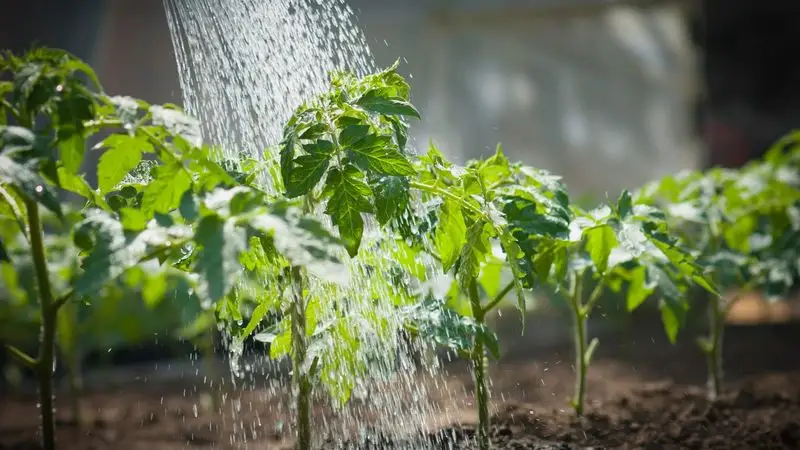
Failing to meet the increased watering needs of plants during intense heat is a common error. Underestimating these needs can lead to dehydration and stress.
Regular assessments of soil moisture combined with appropriate watering schedules ensure plants receive adequate hydration. Using rainwater or greywater can be sustainable options.
Recognizing the heightened demands of a hot climate and responding accordingly supports plant health. This attentiveness to watering fosters a garden that remains vibrant and productive, even in the heat.

